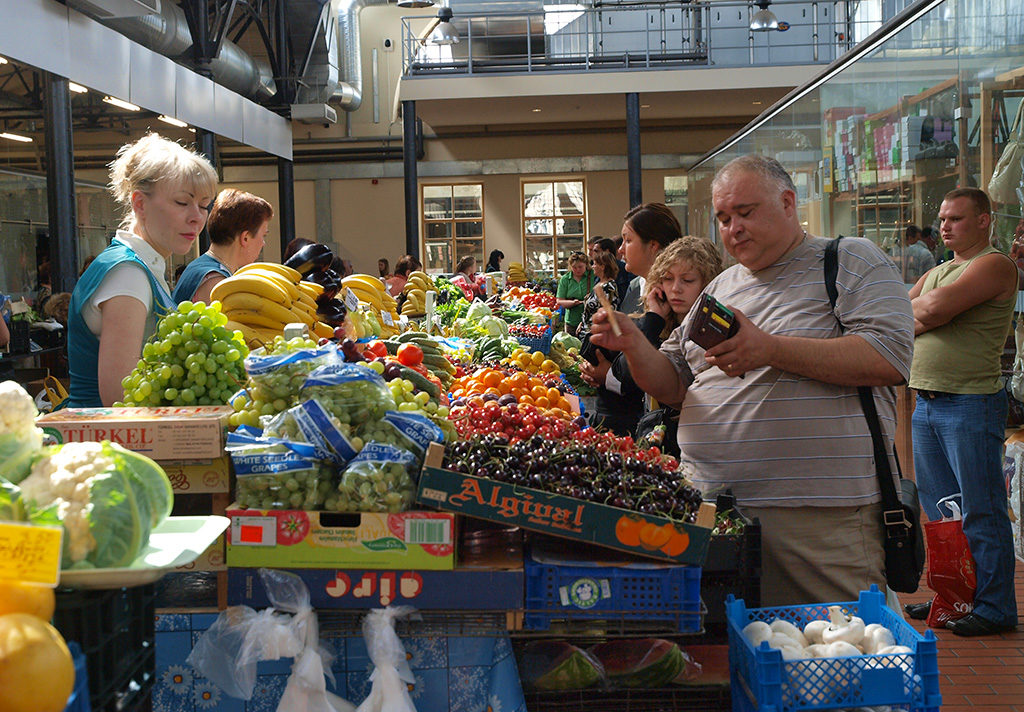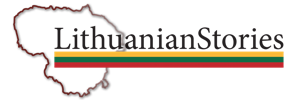Honey, or “medus” in Lithuanian. We always find it on the tables of our Lithuanian hosts. They are really proud of their honey, as it comes from their land. It is often produced by their relatives or friends.
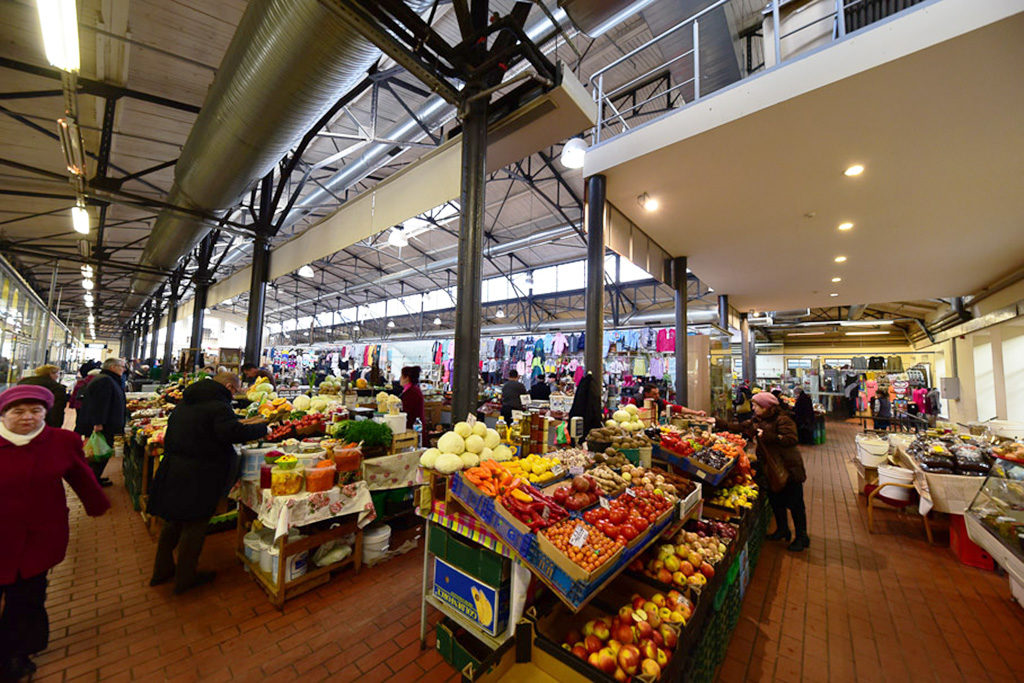
We always buy a jar or two before heading back to Italy. It is a way of exploring the flavors of the country. Even if it’s from the same flower of the same plant, the honey still changes from one area to the other. Lime or millefiori, or any other kind of Lithuanian honey, is different from the Italian kind, or the ones we tried in Bulgaria, Romania and Georgia. That smell, that texture and that taste only belong to Lithuania.
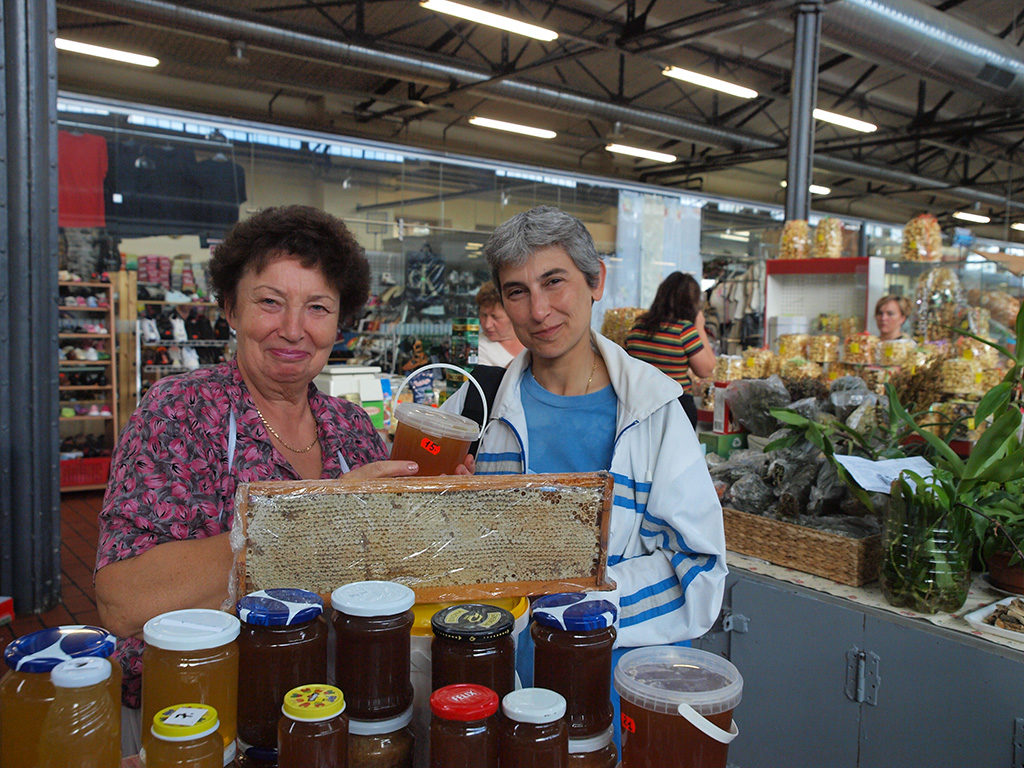
We shot this picture on one of our first visits to Halės turgavietė, the covered market in Vilnius. We always go there every time we are in Lithuania. Markets are a great place to get in touch with the soul of a country: meat, fish, vegetables, fruit, milk and cheeses, people chatting and asking the vendors for advice, all of this says a lot about a place.
The first time was in 2005. The currency was still the Lita, before the euro was introduced in 2015. We observed the people, trying to overhear bits and pieces of conversation while getting used to the new prices. Back then we noticed how much lower the prices were, compared to the ones in Italy. We always bought something: smoked meat, sausages, that awesome lard that melts in your mouth. Some really weird, never-seen-before smoked fish…
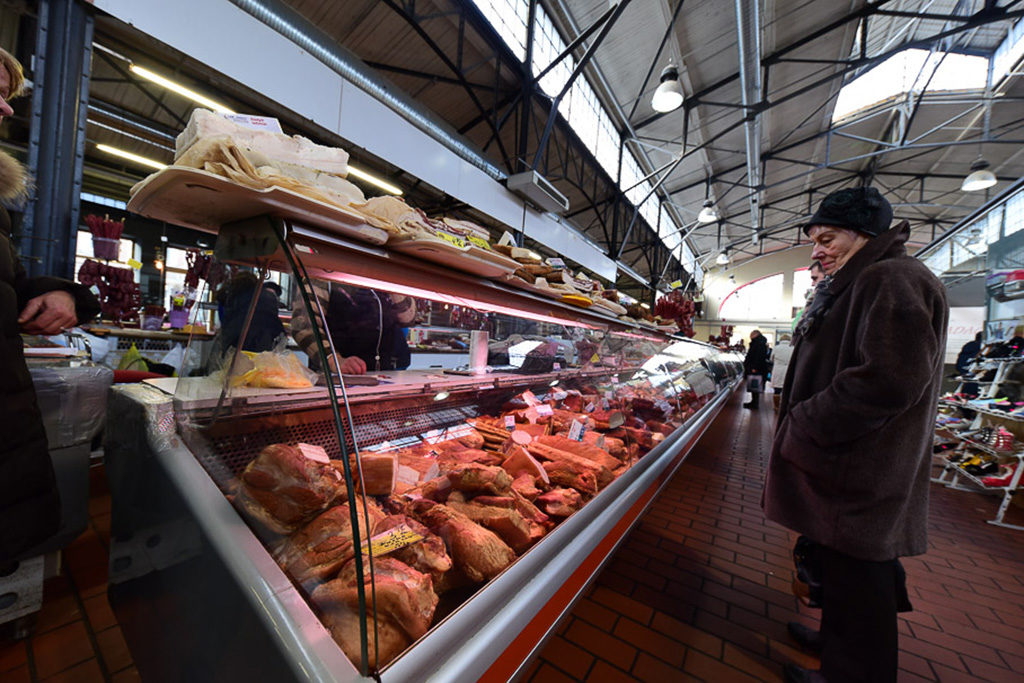
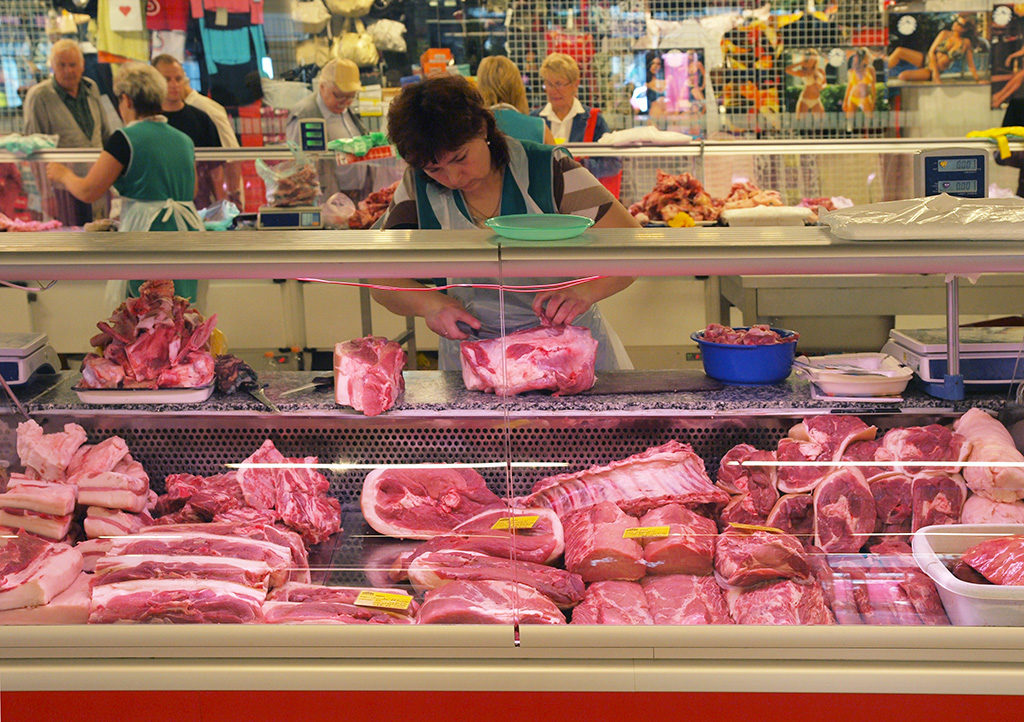
It was really difficult to find somebody who spoke English at the market: it is still not so easy today. We spoke using gestures and a few German words (many people speak it), along with a big smile. I remember how kind the people were towards us, and how honest. We were supposed to use Litas, but we were doing our calculations in euros. The vendors would tell us their prices using their fingers and occasionally they would also scribble it on a piece of paper to help us understand. Then inevitable came the question about where we were from. After all, back then tourists were not such a common sight, especially tourists coming from Italy. Their faces shoed surprise and curiosity. Two Italians in Lithuania? Two Italians in Lithuania in the winter?
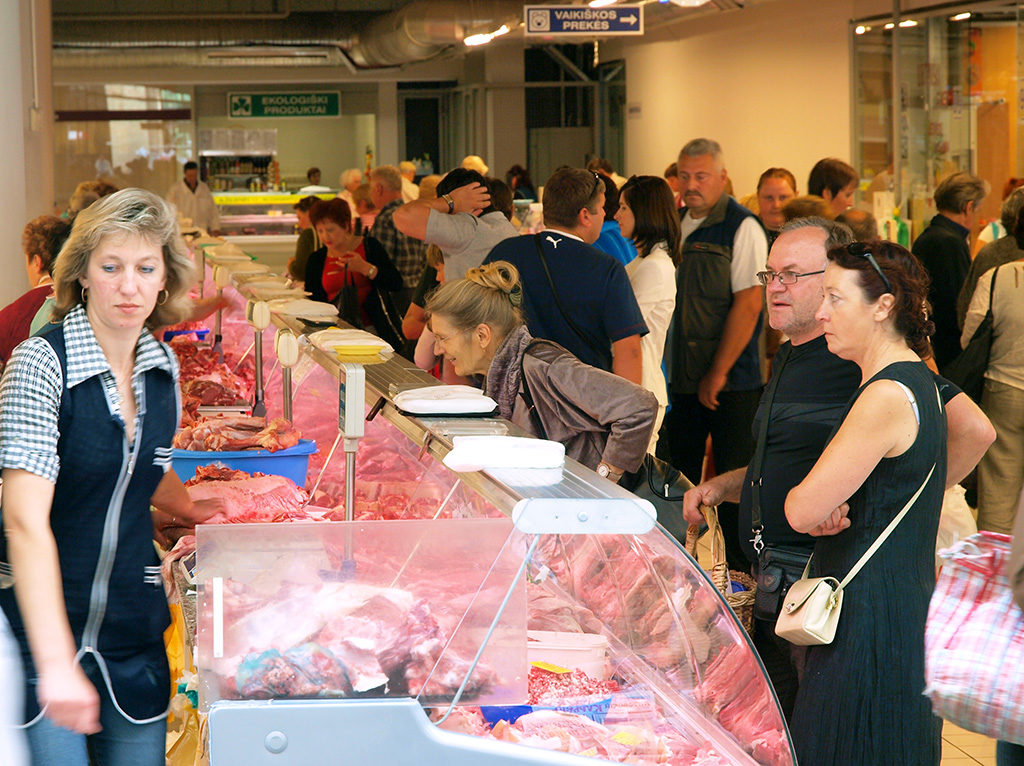
We bought some honey from the woman you see in the pictures above. I remember the jars being recycled, like when we cook homemade jam and we reuse old Nutella jars. Even though we didn’t speak the language, we managed to talk a little bit and later we shot the picture as a souvenir.
This past February, we went to that same market again. I had that same picture in my backpack. The lady was still there, with the usual variety of honeys from all over the country. We bought a few jars and then showed her the picture. Elena, this is her name, was so moved. Using the same gestures and that same old mix of English, Lithuanian and German we were able to tell her that we had shot that photo in 2008.
She asked us where we were from and if we could write our names on the back of the photo. We then took the same picture, in the exact same spot, just 10 years later.
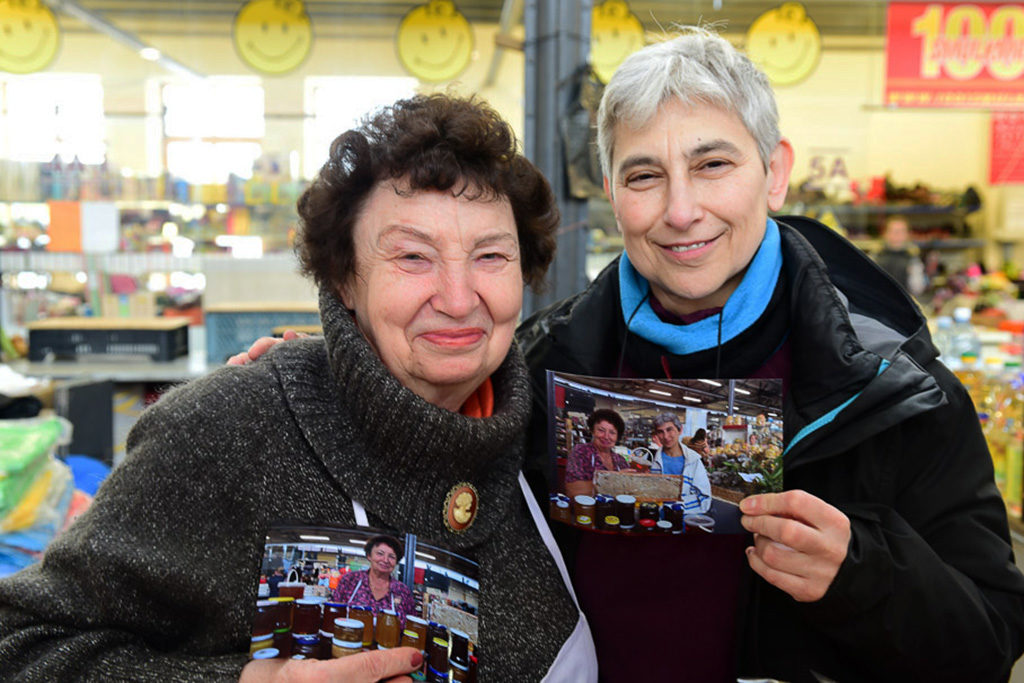
We said goodbye, promising that we would have come to see her again. She doesn’t know it yet, but will happen very soon. One thing is for sure. That evening, at home, she must have told her family about two strange Italians who had come see her.
Exploring the covered market
Halės turgavietė is in downtown Vilnius, not so far from the train station and the streets of the historical center. It is a big building dating back from the beginning of the 20th century. The architect was Vaclovas Michnevicius. Inside, the products are sold in two main areas: one for fresh produce, smoked meat and fish, honey and dairy products, as well as pastries and bread. The other one is for fresh meat and fish. There is also another side for anything that isn’t food so clothes, shoes and bags.
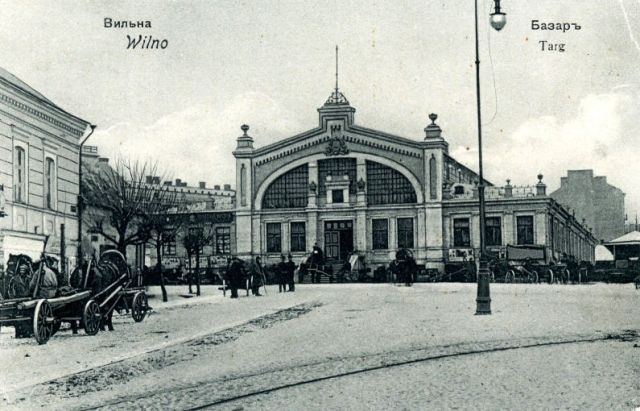
It was partly renovated in 2002 and today the market covers an area of 8.400 square meters. Recently some seating areas have been provided. Being able to browse through the local delicacies, sit and enjoy what you bought washing it down with a good Lithuanian beer, or some coffee or tea, is very pleasant. The names for the beverages are really simple to remember: alus, kava, arbata.
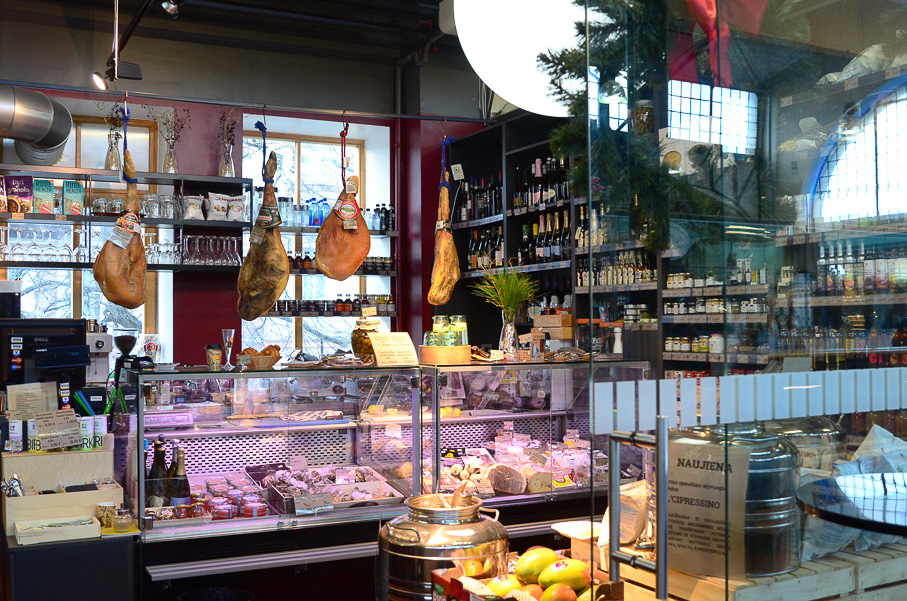
One of our favorite places is Beigelistai, where you can taste mouth-watering savory or sweet bagels. Did you know that bagels were invented in Lithuania? That’s a whole other story, and we will one day tell it here…
Translation by IngleseAmericano
